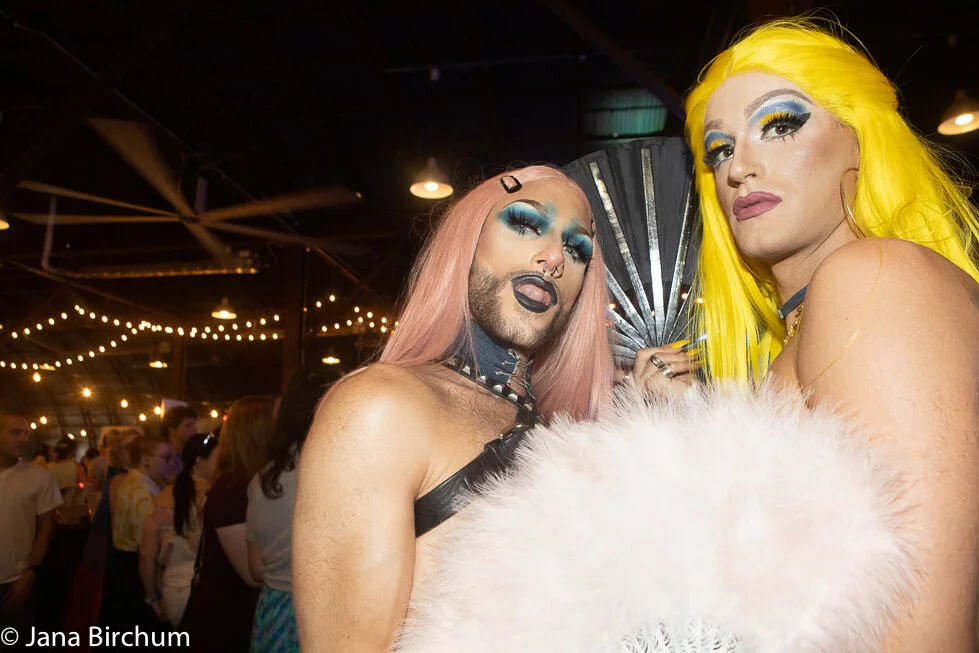Intergenerational care
Intergenerational care means that queer people from age 9 to 99 are cared for at every stage of life. It means recognizing the difference in lived experiences of queer elders and queer youth. It means appreciating the diversity of politics and self-expression that these differences manifest. And it means organizing creatively to address the variety of needs of all members of the queer community, regardless of age. Sometimes intergenerational care involves formal tactics like legal guardianship, but more often it’s the informal dialogue between friends and chosen families. Start the conversation. There’s always more to learn.
Baby gays
The founders of Out Youth were two graduate students at the UT school of social work. Despite the fact that gay and lesbian youth were more likely to die by suicide than other youth, there were no resources for queer youth in Austin. They’ve been filling that need since 1990, providing a sanctuary and services that allow young people to express themselves and foster connections.
Queer foster care
Around the 1970s, at a time when raucous gay and lesbian activists were gaining traction in the Gay Liberation movement, there was a more quiet movement across the country to surreptitiously place queer adolescents in queer foster homes. Many of these teenagers had been kicked out of their homes for being gay. The result? State-sanctioned families that bridged generations of queers. You can read more about it here.
Foster parent and Gay Liberation Front activist, Karen Hagberg, and her partner at the time, Kate, sit on the floor while friends are visiting in the 1970s.
( Photo Courtesy of Karen Hagberg via Michael Waters)
The Advocate, August 28th, 1974 (ProQuest LLC)
The Austin Sun, 1975
Chosen family
For many in the queer community, family is chosen. An important example of this is in the drag and ballroom communities, where family structures are baked into the culture. For example, in the New York ballroom scene, which was primarily created and led by Black trans women starting in the 1970s, many of the people involved in ballroom belong to houses which are led by house parents. These powerful family structures are responsible for countless invaluable relationships and many houses today have decades-long legacies. Ballroom and drag families continue to provide refuge for folks navigating what it means to be queer at all stages of life.
Queerbomb 2019 (Jana Birchum)
LGBT Elders
Community is incredibly important for LGBTQ+ elders, who have important wisdom to share with younger generations. Austin has several groups for elders, such as the Austin Primetimers. At the national level, organizations like SAGE provide services from advocacy to housing. Join us in Sage’s letter writing campaign to send notes of “connection and care” to LGBT elder pioneers in NYC’s first LGBT-welcoming, affordable elder housing developments!
Sage.com
Want to know more?
Check out the LGBTQ story archive from I am Driftwood






